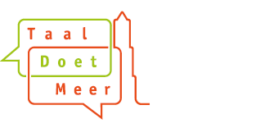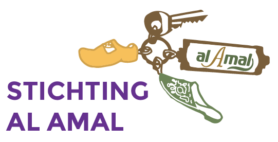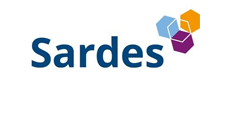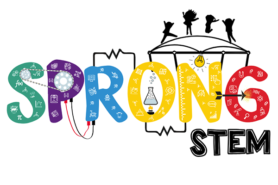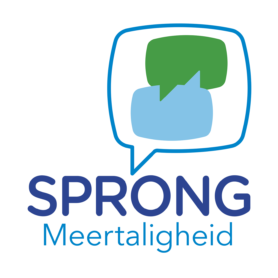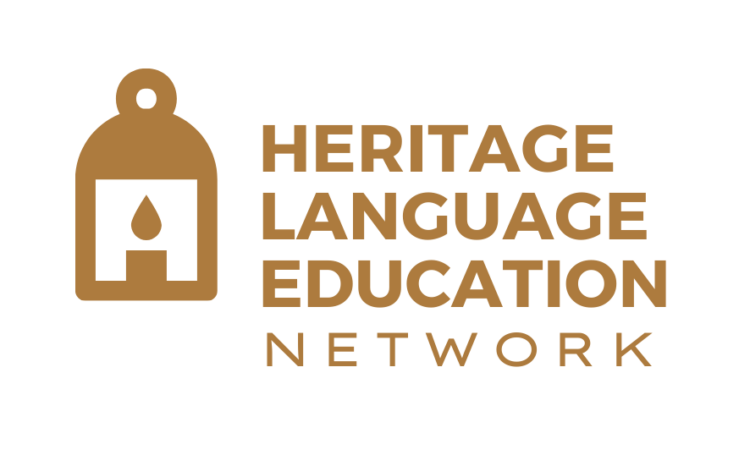How we talk about language matters: #taalachterstand
When we talk about multilingual children with a migration background in Dutch schools, one word automatically comes to mind: ‘taalachterstand’ (or ‘language delay’ in English). Governmental policies mention it, children are labelled with it, and parents are advised to do something about it. I suggest it is time to stop using the word ‘taalachterstand’, especially if we are policymakers or educators whose words impact the lives of children and families with minoritized linguistic backgrounds.
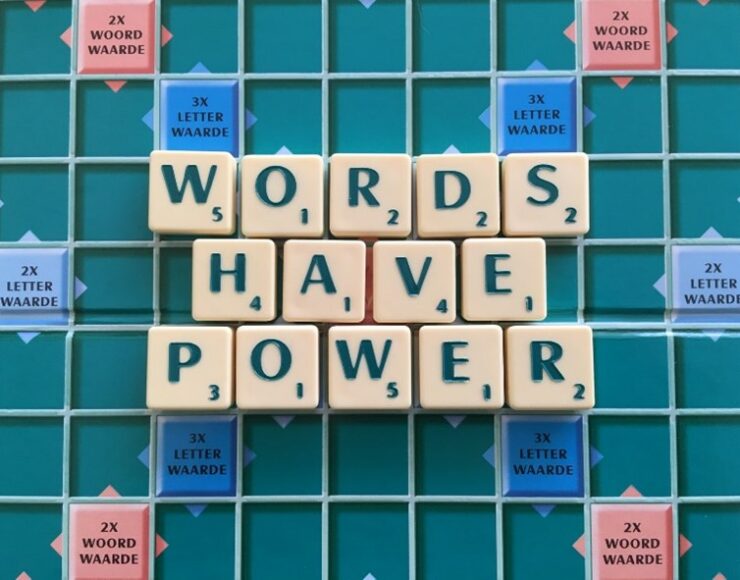
Four reasons why we should stop using the word “taalachterstand”:
1. It is a misleading word
A ‘taalachterstand’ can be confused with a ‘developmental language disorder’. A language disorder is clinically tested, while ‘taalachterstand’ refers to an evaluation of language competence. In the case of multilingual children, this confusion produces a skewed picture. The label ‘taalachterstand’ seems to indicate a problem in language development, but that is usually not the case. Children who are considered to have a ‘taalachterstand’ do not usually have a ‘developmental language disorder’ – they simply need time and support to learn a new language.
2. It is a label that emphasizes a deficit
“Taalachterstand” is often used in the case of children with a migration background to indicate that their level of Dutch is not on par with the expectations that educators have for a certain age group. This label shows that Dutch is the only measuring stick against which children are evaluated, regardless of their background and experiences. In other words, we focus only on what children lack, and we don’t pay attention to what they already know.
3. It harms children’s self-confidence
Some years ago I interviewed multilingual young adults with a migrant background and here I met Amin. His parents had moved to Cardiff when he was five. One of the first things he remembered about starting school in Wales was that his English teacher had “diagnosed” him with a “language delay”. This made him feel self-conscious, even though when Amin was five he could speak Punjabi, pray in Arabic, and understand stories in Urdu.
4. It ignores children’s multilingual potential
When our starting point is a linguistic deficiency perspective, we are not acknowledging the linguistic resources that multilingual children actually have. A child who went to school in Aleppo and arrived in the Netherlands a year ago might know everything about photosynthesis in Arabic, but might not (yet!) be able to talk about it in Dutch. This is why it is important for educational settings to create space for all the languages children use in their daily lives. Making room for linguistic diversity in schools, museums, or libraries means valuing the experiences, knowledge, and identities of children and families with a migration background.
Mirona Moraru | Postdoctoral researcher, subproject ‘Boundary Crossing’.
Currently, this blog is only available in English and Dutch. To read it in another language we recommend using the translation tool DeepL.com.







